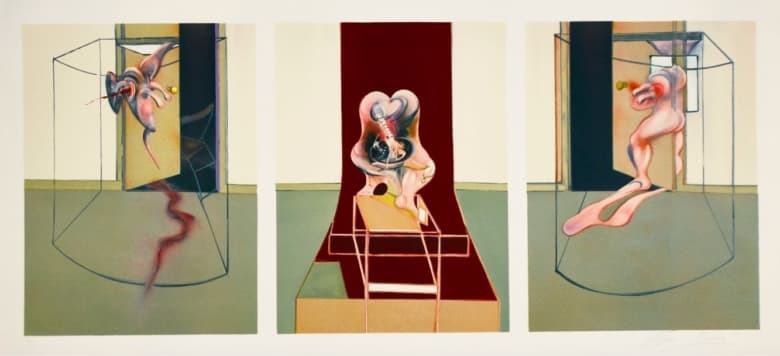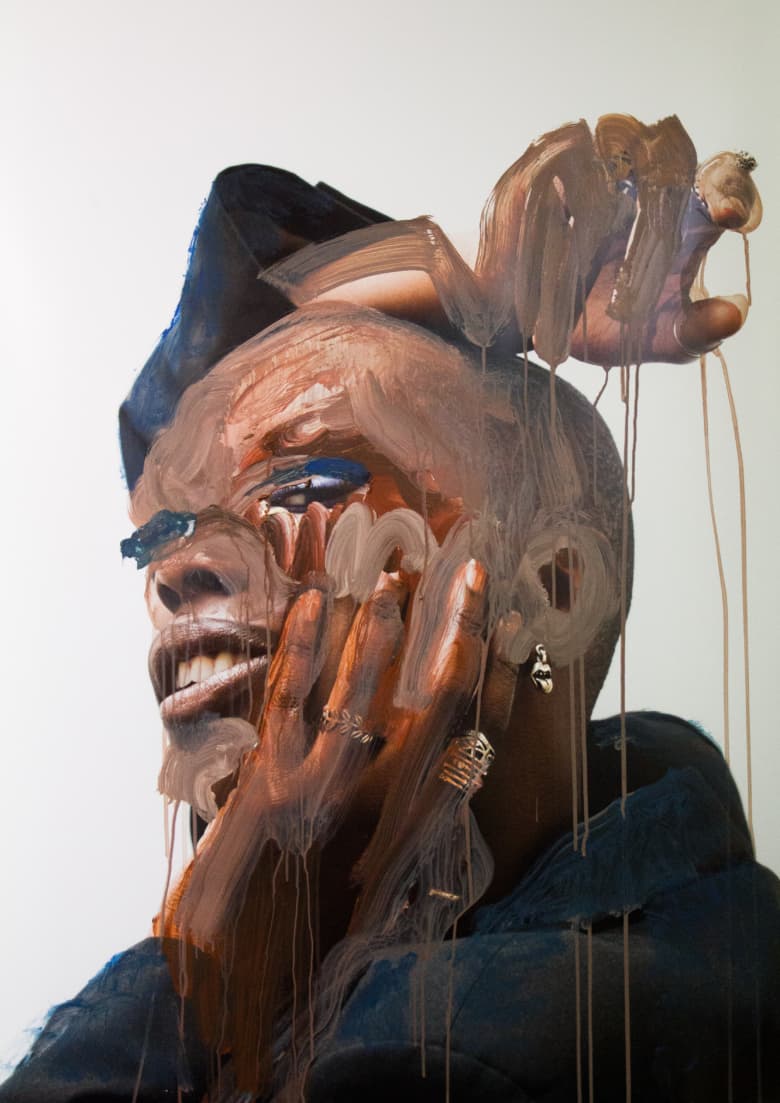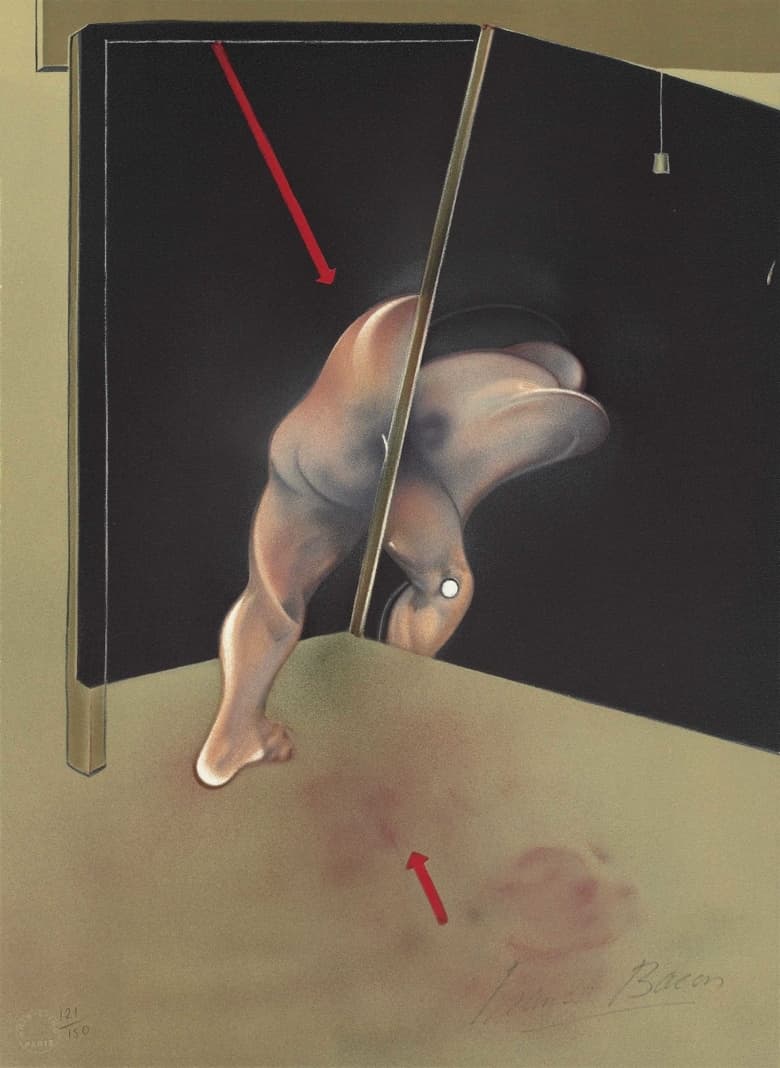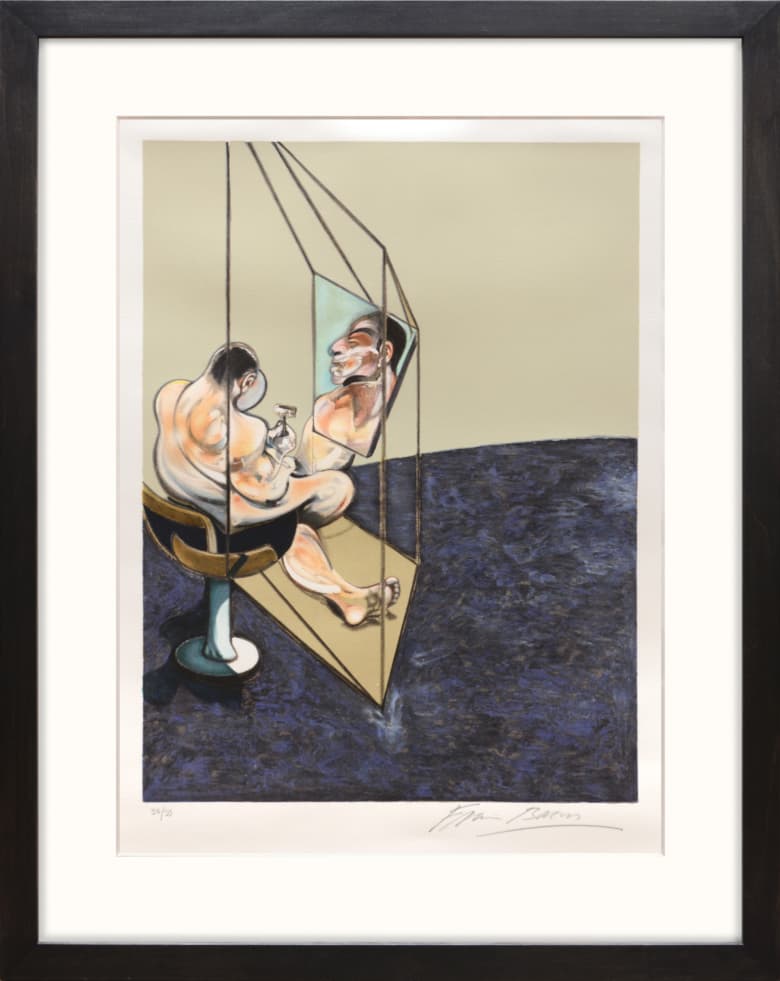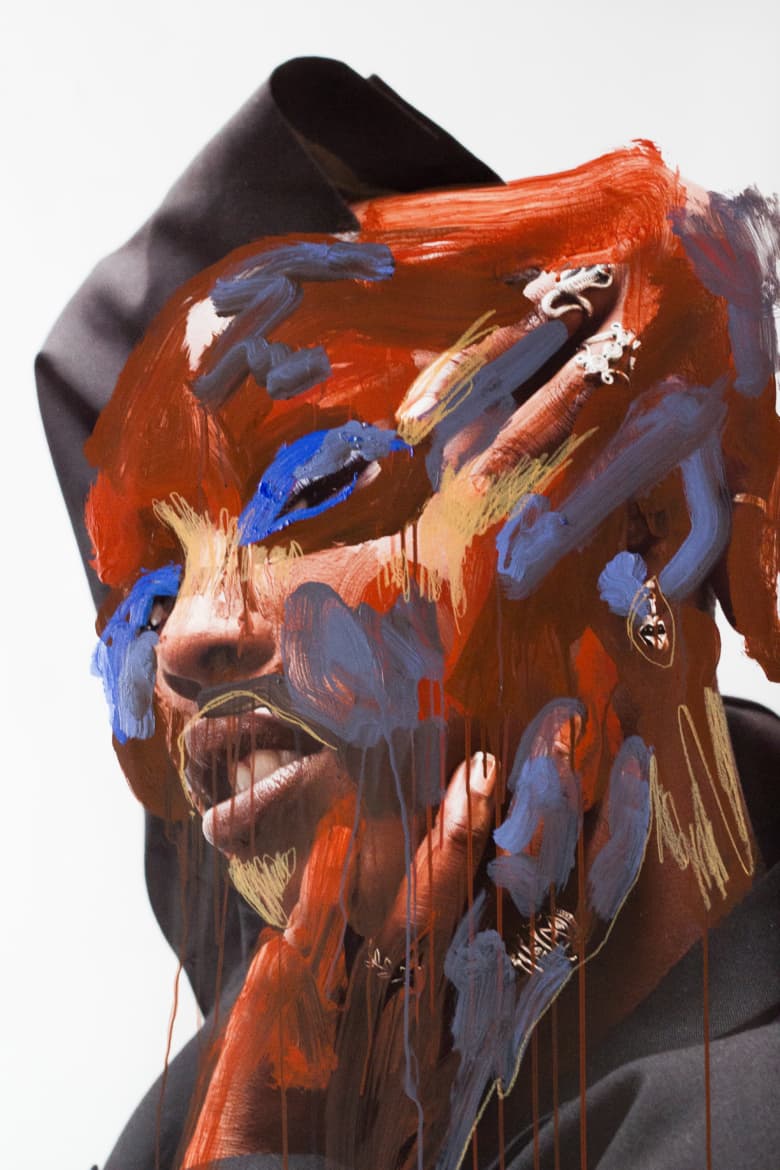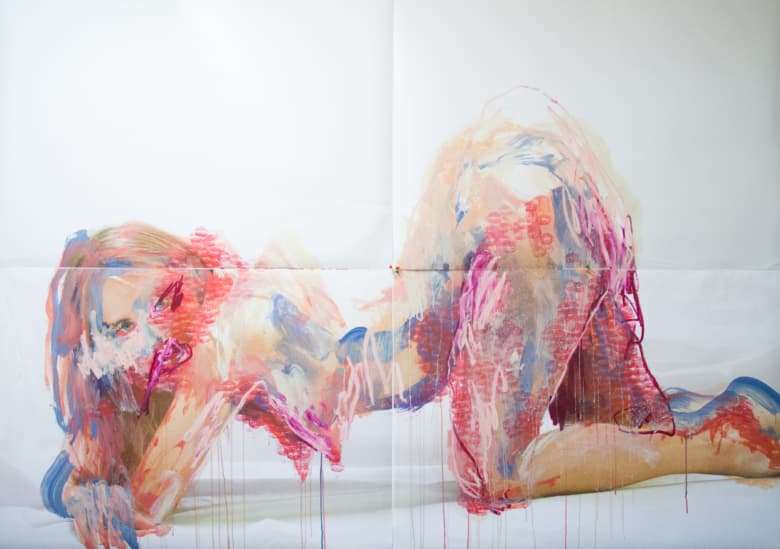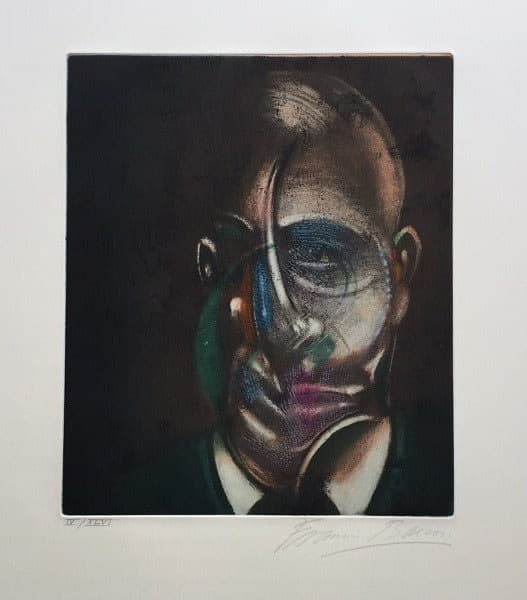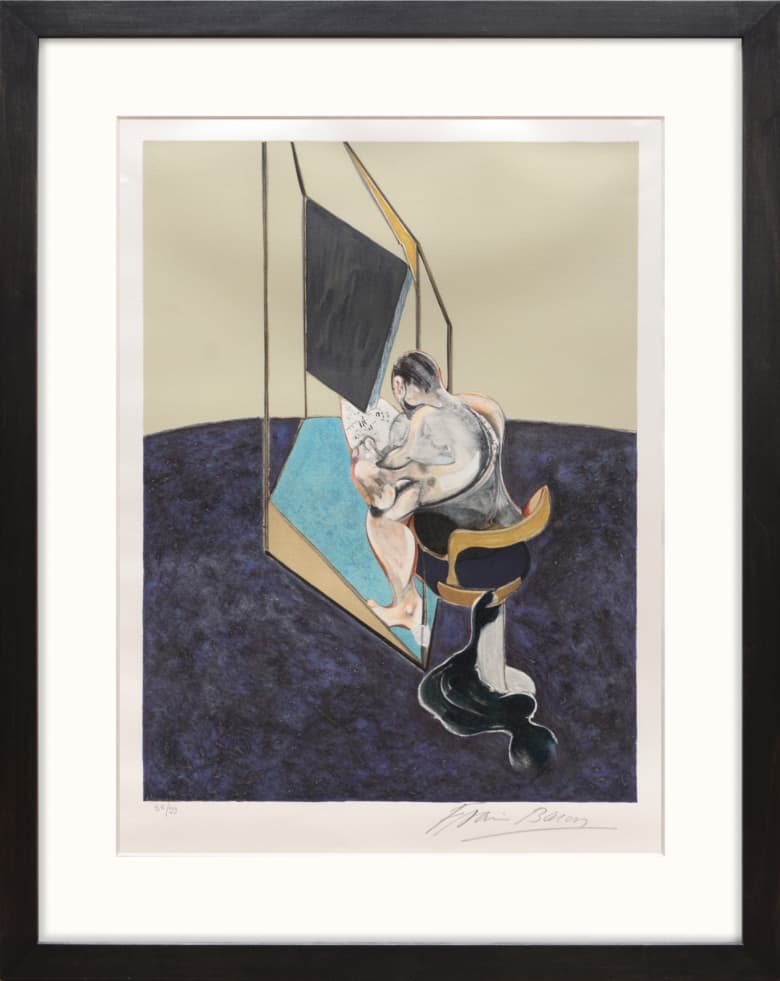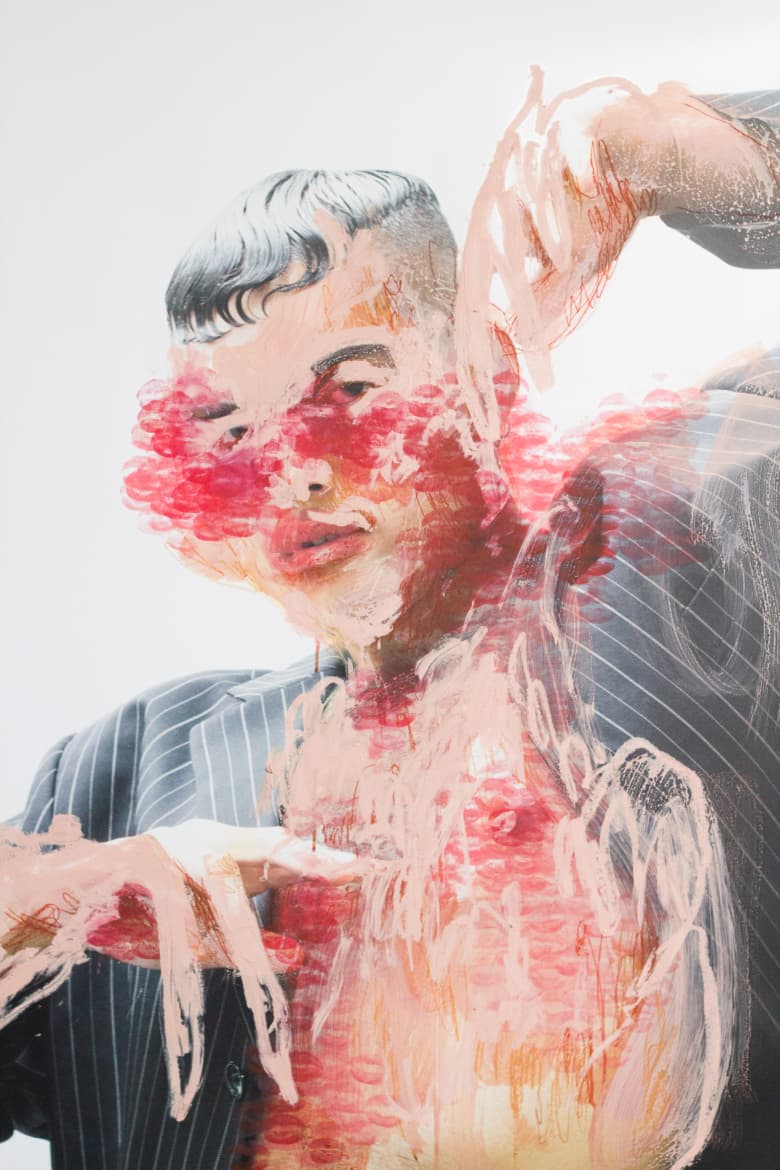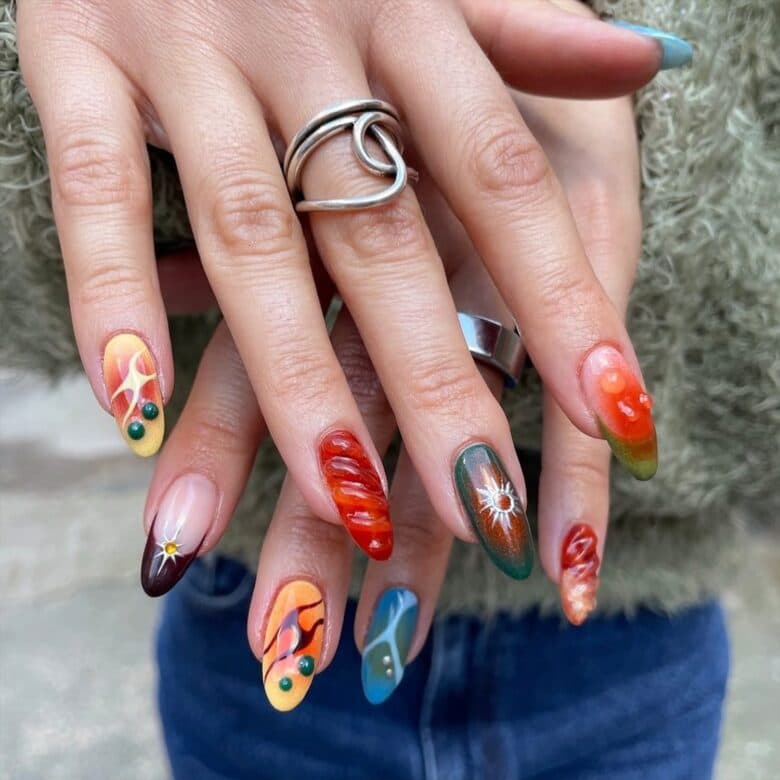The exhibition changing the way we look at ourselves
Australian artist, Jess Cochrane has quickly established herself as a key figure in London’s contemporary art scene since moving to the capital in July. Known for predominantly focusing on feminine beauty, Cochrane’s paintings have become symbols of female empowerment and energy worldwide. Her work questions the relationship between society, consumerism and pop culture relative to where she is based; for example, when she lived in Sydney, Cochrane reflected surf culture in her paintings, now living in London she is creating work influenced by the city’s pressures on style and self-expression, she’s even created a collection based on London’s trainer culture.
Cochrane’s paintings are powerful and expressive, she blurs the line between traditional portraiture, photography and contemporary art. For her latest collection, Study of a Woman Talking to Herself, the artist looked to the works of the post-war artist, Francis Bacon. Bacon is best known for his paintings which represented the human face and figure in an expressive, often grotesque style. He is considered one of the most important portraiture artists in modern times.
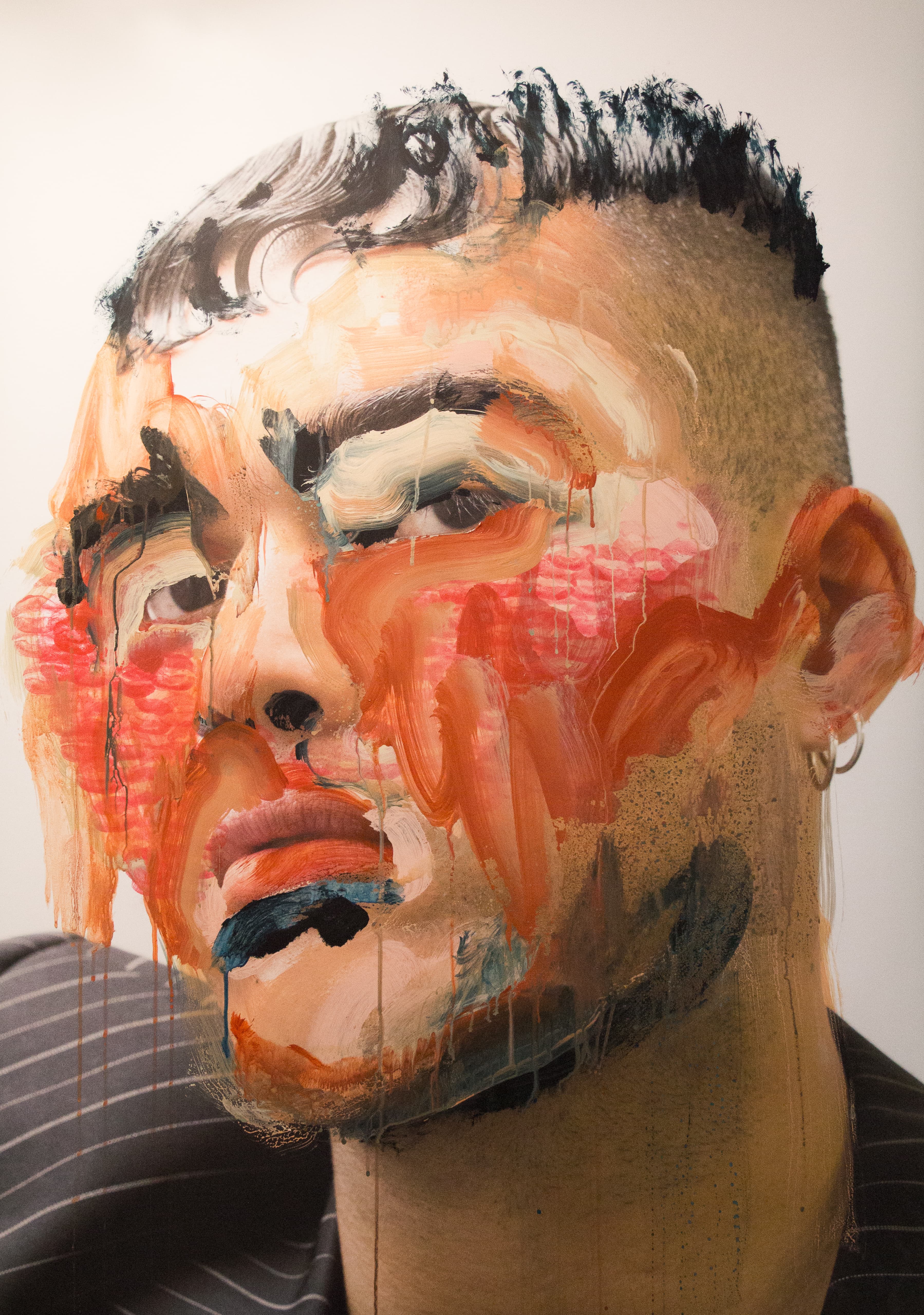
The artist’s emotionally charged works are reminiscent of Bacon’s warped distortion of the human figure. Cochrane’s subjects writhe in unnatural, sometimes inhuman poses. Featuring works from both artists, Study of a Woman Talking to Herself is a beautifully natural visual conversation between the two masters.
Throughout Study of a Woman Talking to Herself, Cochrane keeps her signature style of using gestural and expressive mark-making, she uses lipstick not only as a medium to shadow, but also channel connotations of beauty, worked over the surface of glossy, flawless photographic portraits. This technique transforms the portraits into disfigured, raw and almost disturbing depictions charged with overtones of sexuality. Cochrane wanted to reflect our relationship to imagery and in particular, to our own self-image. Our constant quest for perfection.
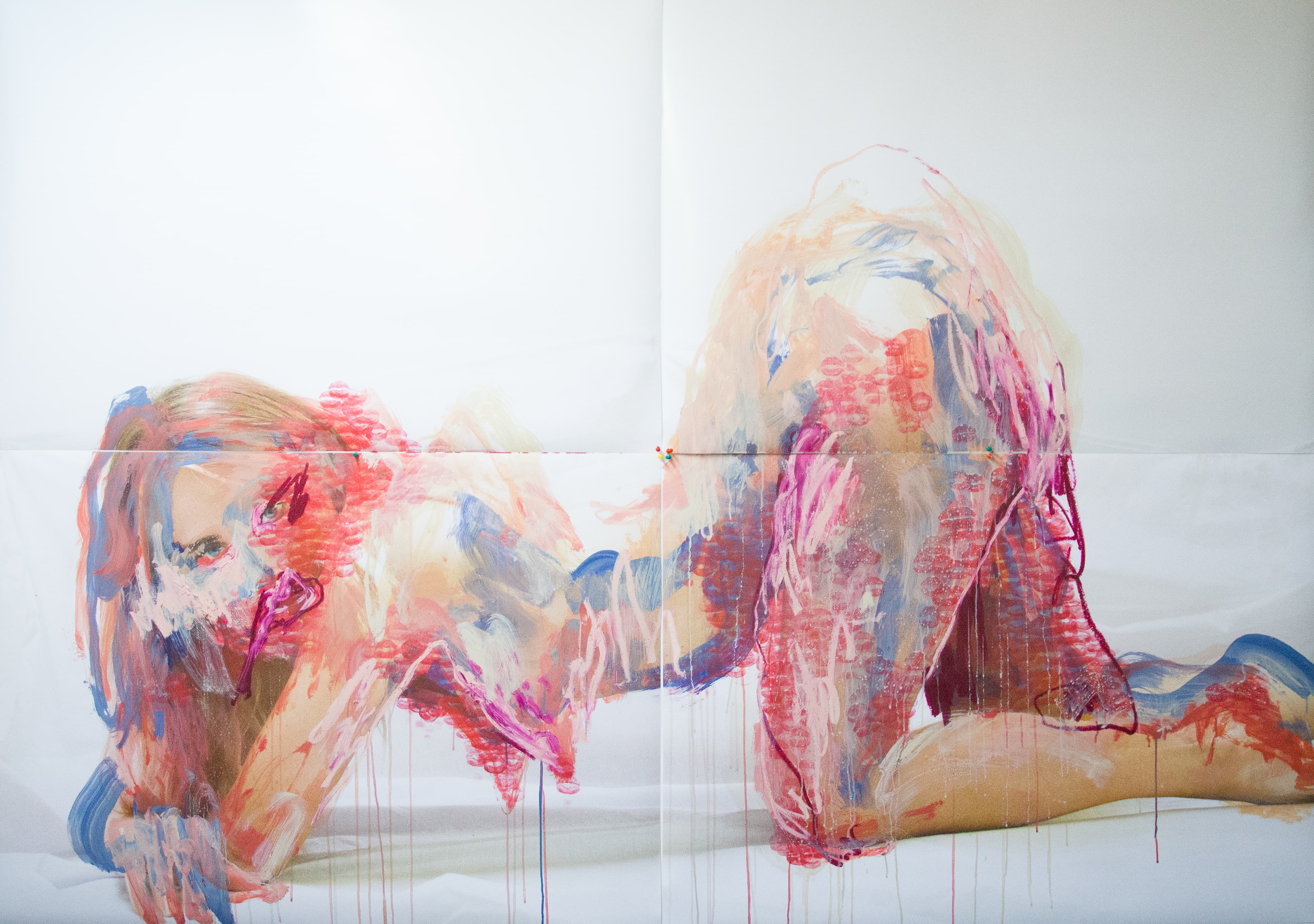
This can be seen in ‘Muybridge Pose’, where the subject’s empty expression suggests a dislocation from her body; she confronts the gaze which envisages her as a sexual object. She is simultaneously childlike and powerful; a juxtaposition of all that she is, and all of the assumptions made about her by others.
“If we can find similarities between an image of a paralytic child and a woman posed in a hyper-sexualised manner, what does that say about our idea of beauty? What does that say about how we’ve been conditioned to push ourselves into discomfort for the sake of the perception of others, for keeping up, for fitting in?” Discusses Cochrane on ‘Muybridge Pose’.
Bacon’s influence on this young contemporary is indisputable. Both artists share the belief that chaos breeds images; in distilling raw emotion and sensation straight onto the canvas or paper in the most immediate way possible. Neither drafts their works, both are preoccupied with chance in painting: in deeply ordered chaos. Bacon’s impact on Cochrane is undeniably pivotal to her creative process and the results are breathtaking.
‘Study of a Woman Talking to Herself’ will run from November 8 to December 7 at Rhodes Contemporary Art, find out more information here.

